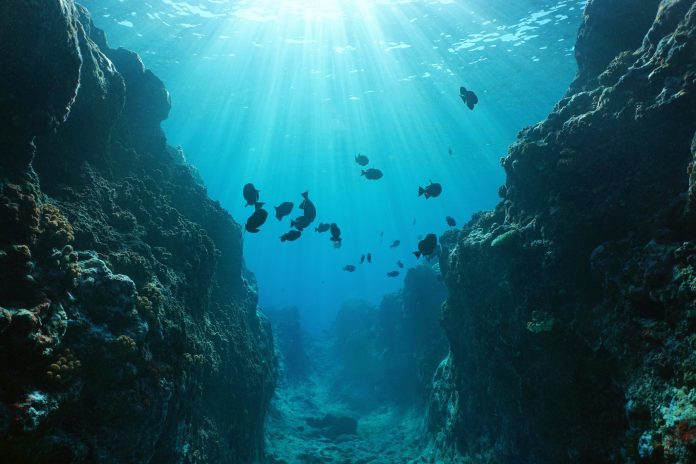Doubling of atmospheric CO2 could cause the Earth’s average temperature to rise by 7 to 14 degrees Celsius, much higher than previously estimated, a study has found
This discovery comes from an analysis of ancient sediments off the coast of California, conducted by researchers from NIOZ and the Universities of Utrecht and Bristol.
“The temperature rise we found is much larger than the 2.3 to 4.5 degrees that the UN climate panel, IPCC, has been estimating so far,” said Caitlyn Witkowski, the first author of the study.
The power of a 45-year-old drill core
The researchers based their findings on a 45-year-old drill core from the Pacific Ocean floor. Professor Jaap Sinninghe Damsté, a senior scientist at NIOZ and professor at Utrecht University, highlighted the significance of this core. “I realized that this core is very attractive for researchers, because the ocean floor at that spot has had oxygen-free conditions for many millions of yearsThe ocean floor at that spot has had oxygen-free conditions for millions of years,” Damsté explained. “As a result, organic matter is not broken down as quickly by microbes and more carbon is preserved.”
Witkowski noted the uniqueness of their study, “CO2 over the past 15 million years has never before been examined from a single location.” The drill core spans the past 18 million years, offering a rare glimpse into historical seawater temperatures and atmospheric CO2 levels using innovative methods.
TEX86 method and molecular fossils
The researchers used the TEX86 method, developed 20 years ago at NIOZ, to estimate past temperatures. This method relies on substances found in the membranes of archaea, microorganisms that adjust their membrane composition based on water temperature. These substances, preserved as molecular fossils, can be analysed to determine historical temperatures.
Innovative CO2 measurement techniques
To measure past CO2 levels, the team developed a new approach using chlorophyll and cholesterol from algae. Algae preferentially absorb the more common carbon isotope, 12C, over 13C. However, when CO2 levels are low, they also use more than 13C. By analysing the 13C content of these substances, the researchers could infer historical CO2 levels. They found that CO2 concentrations dropped from about 650 parts per million 15 million years ago to 280 ppm just before the Industrial Revolution.
The study reveals a stronger relationship between CO2 levels and temperature than previously recognised. “The average temperature 15 million years ago was over 18 degrees, about 4 degrees warmer than today,” Damsté said. This temperature is similar to the IPCC’s extreme scenario for 2100. “So, this research gives us a glimpse of what the future could hold if we take too few measures to reduce CO2 emissions and also implement few technological innovations to offset emissions.”











